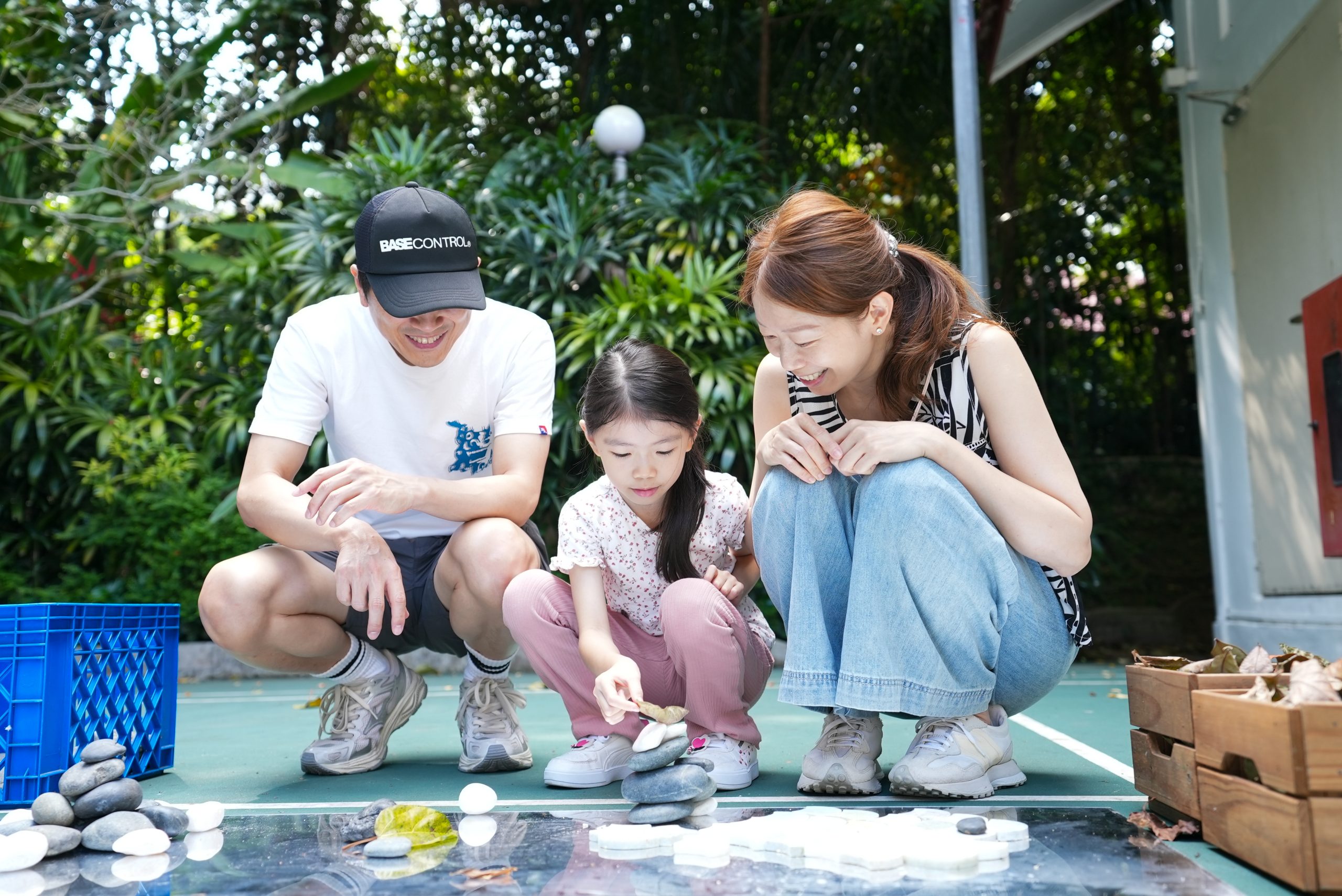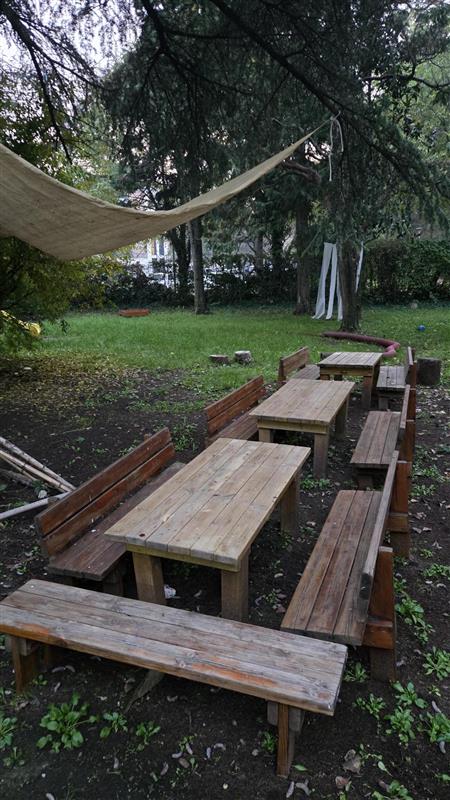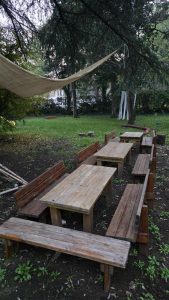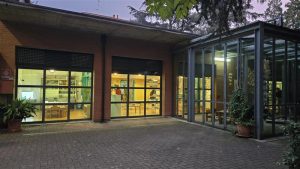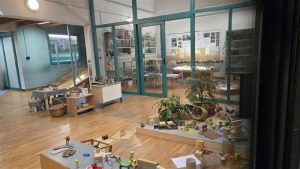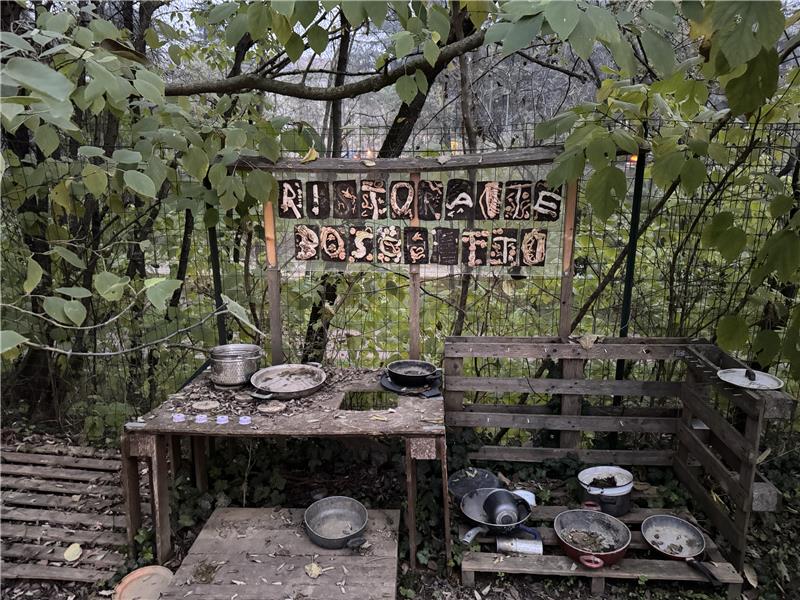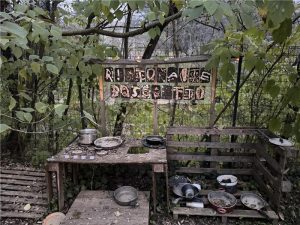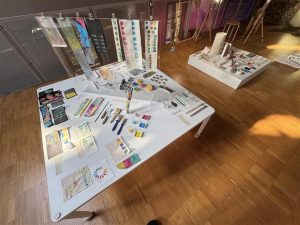Materials can speak. We can hear them if we choose to listen. They contain stories, histories, and unseen possibilities. Humans are ingrained to engage with materials through the narrow lens of function. Once we assign a material it’s purpose, we close off to others. A button belongs on clothes, a box is for storing items, and once a piece of bubble wrap has fulfilled its purpose (and inevitably been popped), it is discarded as waste.
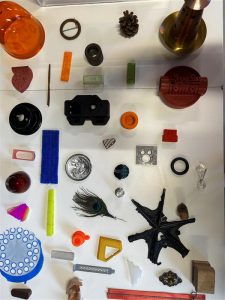
Let’s take a step back. What if, instead of asking a material, “What are you for?” we asked, “Who are you?” What if we looked at materials as subjects rather than objects? What if we pushed aside our preconceived assumptions and allowed curiosity to guide us?
As with anything in life, the less we know about a subject, the more intriguing it becomes. Asking, “Who are you?” when encountering a material shifts it from an object to be used into a subject to be studied, researched, experienced, and listened to. It invites us to focus on its qualities—how it looks, feels, sounds, smells—how it can be perceived. Within this deep connection, unique perspectives emerge, shaped by individual experiences. A simple shift in perception opens doors to wonder: what could you be? What could you become? What stories do you hold?
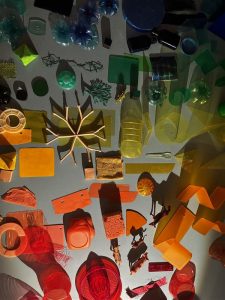
Allowing ourselves to rediscover and recharge materials with fresh eyes breathes new life into explorations and experiences. A piece of coloured plastic can transform into a magical canvas for light exploration. An unknown round metal part from an old clock can become the eye of a dragon in an imaginative storytelling session. Materials do not and should not serve a singular purpose. They should remain open invitations for heuristic play, inquiry, research, experimentation, and reinvention— sparking dialogues that redefine what is possible. If we allow materials to speak, they will reveal not only what they can become, but what we, too, are capable of imagining.
Reflection by:
Aletia Viola
Curriculum Coordinator
EtonHouse International Pre-School Claymore

